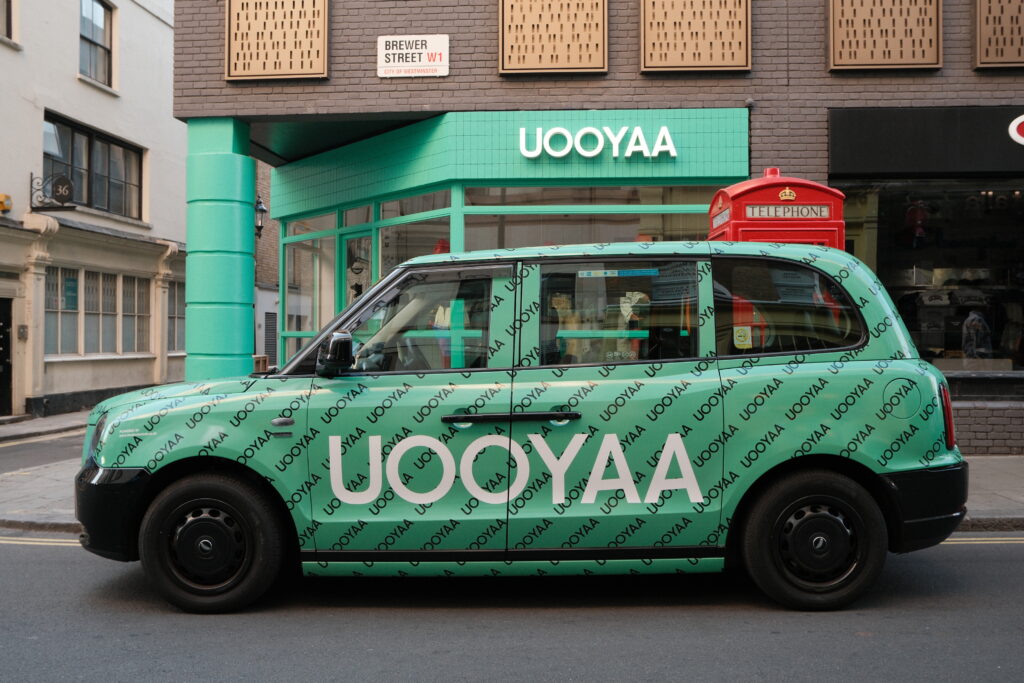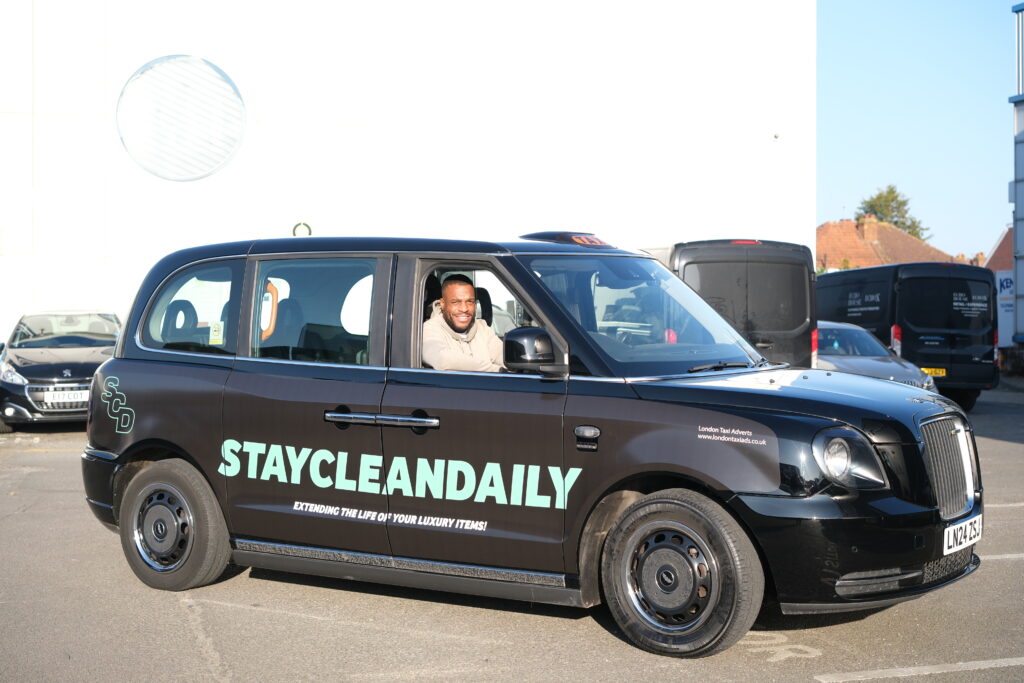Outdoor advertising continues to be one of the most powerful brand visibility tools in the UK. With digital fatigue on the rise and consumer trust in physical formats increasing, many businesses are re-evaluating their media mix. The two formats that often top the list are taxi advertising and billboard advertising.
But which one delivers the best value? Which is more flexible, scalable, or memorable for your specific goals?
Understanding the Basics of Outdoor Advertising in the UK

Outdoor advertising in the UK is a fast-growing sector, with brands increasing their spend year over year. From static roadside billboards to moving taxi wraps, the market offers formats for nearly every budget and business model.
According to the Out of Home Advertising Association, the UK OOH market grew by over 15% in 2023. Digital out-of-home (DOOH) formats are driving much of this growth, but traditional formats like taxis and billboards still dominate in terms of awareness, recall, and trust. Before diving into which format wins, let’s explore what each one offers.
What Is Taxi Advertising?
Taxi advertising uses the exterior and the interior of black cabs in cities like London to display brand messages. Formats include:
- Full or partial taxi wraps
- Branded tip seats or interior panels
- Digital roof screens with geo-targeted messages
Why It’s Gaining Popularity?

In cities like London, taxi advertising is an effective way to cut through noise in a market crowded with billboards and digital ads.
- Taxis move across busy city zones, offering 24/7 brand exposure
- Viewed by pedestrians, passengers, other drivers, and commuters
- Flexible for both local campaigns and national brands
What Is Billboard Advertising?
Billboard advertising is a more traditional outdoor medium where brand messages are displayed on large, static or digital boards placed alongside roads, on buildings, or in high-traffic areas. Formats include:
- Classic roadside billboards
- Digital billboards with rotating content
- Urban panels on buildings and public transport hubs
Why It Remains Relevant?
- High visibility for drivers and pedestrians
- Strong brand recall when placed in key areas
- Works well for mass awareness campaigns
Taxi Advertising vs Billboard Advertising: A Detailed Comparison
Let’s break down how each performs in different categories relevant to marketers.
1. Reach and Exposure
- Taxi Advertising: Offers moving visibility, covering multiple boroughs, districts, and footfall-heavy areas throughout the day. Cabs naturally travel through business hubs, shopping zones, nightlife areas, and residential neighborhoods.
- Billboard Advertising: Depends on the location. A well-placed billboard can deliver high impressions, but it’s static and limited to that one location.
Winner: Taxi advertising, for dynamic, broader audience coverage.
2. Cost and Flexibility
- Taxi Advertising: Flexible budget options based on number of taxis, wrap types, and duration. Campaigns can start from as low as £300–£400/month per taxi in London.
- Billboard Advertising: Can be costlier upfront, especially in premium zones. Digital billboards and large-scale installations cost thousands per week, with additional fees for creative production and compliance.
Winner: Taxi advertising, for affordability and scalable planning.
3. Audience Targeting and Movement
- Taxi Advertising: Ideal for targeting commuters, shoppers, tourists, and city workers across multiple zones. Can be programmed to appear in specific boroughs or during peak hours.
- Billboards: Great for targeting people in known high-traffic areas like highways or major junctions, but lack movement and adaptability.
Winner: Taxi advertising, for reach across various demographics and geographies.
4. Creative Impact and Visibility
- Taxi Advertising: Eye-level, up-close brand exposure with moving impressions. Designs must be bold and clear but offer visibility in traffic and curbside settings.
- Billboards: Offer large-scale branding potential, especially digital boards with animation and rotation. However, message exposure may be brief, depending on driving speed or crowd density.
Winner: Billboards, for larger-than-life creative presence in prime locations.
5. Brand Recall and Engagement
- Studies suggest that moving ads, such as those on taxis, have higher recall rates due to repeated and varied exposure throughout the day.
- Billboards often score well in recall surveys, especially when they’re static and visible for longer durations (e.g., roadside boards with traffic congestion).
Winner: Tie, depending on creative quality and audience behavior.
| Criteria | Taxi Advertising | Billboard Advertising |
| Reach & Exposure | Mobile exposure across multiple zones daily | High visibility in one fixed location |
| Cost Flexibility | More budget-friendly with scalable options (from £300/month per taxi) | Costly, especially in premium zones (can run into thousands weekly) |
| Audience Targeting | Broad, real-world reach across diverse demographics | Good for local targeting, but limited to the billboard’s location |
| Creative Impact | Eye-level, bold wraps; visible in traffic, curbside, and pedestrian zones | Large-format visuals offer strong impact in high-traffic areas |
| Brand Recall | High recall due to frequent, mobile impressions | Strong recall when placed on high-dwell roads or city centers |
| Flexibility | Can target different boroughs, time slots, or routes dynamically | Static placement with limited adaptability |
| Use Case | Product launches, citywide brand visibility, local promotions | Prestige campaigns, awareness-building in high-footfall zones |
| Ideal For | Startups, mid-size brands, seasonal campaigns, local targeting | Big-budget national brands, retail rollouts, luxury promotions |
Advantages and Disadvantages: Quick Recap
Advantages of Using Billboards for Advertising
- High visibility in targeted zones
- Strong presence in urban settings
- Suitable for prestige/luxury campaigns
Disadvantages of Billboard Advertising
- Static and location-bound
- High cost in central areas
- Limited adaptability and interactivity
Advantages of Taxi Advertising
- City-wide movement
- High repetition and visibility
- More cost-effective for small and mid-size businesses
Which One Should You Choose for Your Brand?
Your ideal choice depends on your brand objectives, target audience, and budget.
Choose taxi advertising if you want:
- Mobile exposure across city zones
- Better frequency and cost control
- Brand presence in both high-street and local areas
- To support a product launch or seasonal promo with movement-based visibility
Choose billboard advertising if you:
- Have a high-impact visual message
- Can afford premium placement in a specific high-traffic zone
- Want prestige or scale-focused brand positioning
Conclusion: Visibility that Moves (or Stays Put)
Both taxi advertising and billboard advertising have their place in a well-rounded outdoor advertising strategy. One offers movement, flexibility, and local reach, while the other delivers scale and visual dominance. If you’re a brand looking to stand out in a city like London, start by asking: Do I want to be remembered in one place or seen everywhere?
In many cases, a smart taxi campaign supported by static or digital billboard touchpoints can deliver the visibility and credibility you need, all without overwhelming your budget.
FAQs
1. Which type of advertising is the most effective?
It depends on your campaign goals. For city-wide movement and consistent exposure, taxi advertising is highly effective. For high-impact visuals in a single location, billboard advertising excels.
2. Are taxi ads effective?
Yes. Taxi ads offer mobile, high-frequency exposure across key zones and are particularly effective in urban areas like London with constant traffic and pedestrian flow.
3. Which works best in advertising?
There is no one-size-fits-all answer. Taxi ads work well for reach and flexibility, while billboards deliver power in static, high-traffic spots. The best results often come from using both in an integrated campaign.
4. Which ads are most profitable?
The most profitable ads are those that deliver measurable return, in footfall, impressions, or conversions. Taxi advertising tends to offer a strong return for cost-conscious, localized campaigns.
5. What is the most successful advertising?
The most successful advertising connects the right message to the right audience at the right time. In today’s urban landscape, that often means combining outdoor formats like taxi advertising and billboards for layered visibility.
